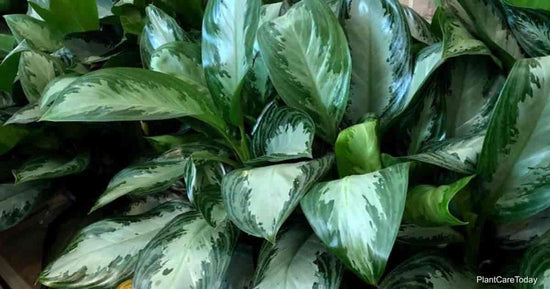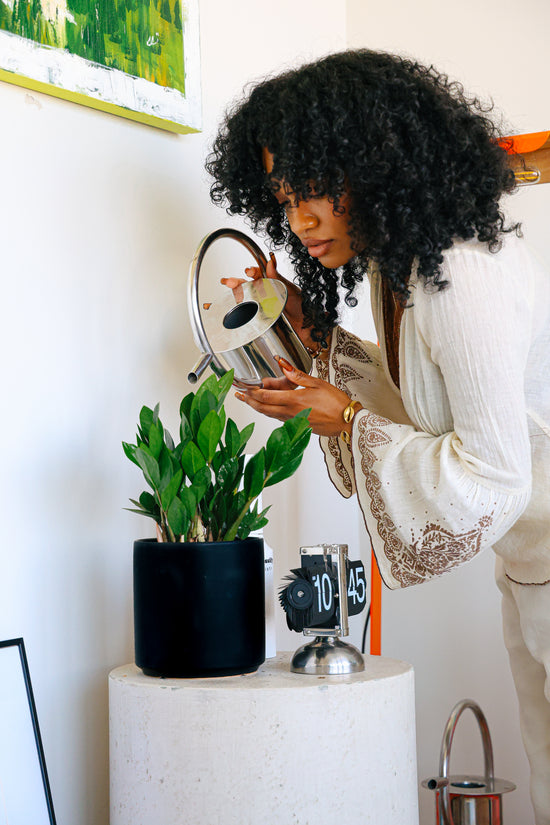Fungus gnats can be a pesky problem for houseplant enthusiasts. These tiny, fly-like insects thrive in the moist soil of houseplants, feeding on organic matter and fungi. While adult fungus gnats are more of a nuisance than a threat, their larvae can cause significant damage to plant roots, leading to poor plant health. Thankfully, there are natural ways to tackle this problem. Here’s how you can get rid of fungus gnats in houseplants naturally, including the use of mosquito bits and sticky gnat traps.
Understanding Fungus Gnats
Before diving into solutions, it's important to understand a bit about fungus gnats. These small, dark-colored flies are often mistaken for fruit flies. They are attracted to damp soil and organic matter, where they lay their eggs. The larvae, which resemble tiny, white worms with black heads, feed on organic material in the soil, including plant roots. This feeding can damage young plants and seedlings, leading to stunted growth and even plant death.
Natural Solutions to Get Rid of Fungus Gnats
-
Drying Out the Soil Fungus gnats thrive in moist environments. One of the simplest ways to reduce their population is by allowing the soil to dry out between waterings. Most houseplants can tolerate a bit of dryness, so try to let the top inch or so of soil dry out before watering again. This makes the environment less hospitable for fungus gnats to lay their eggs.
-
Mosquito Bits Mosquito bits are a highly effective, natural solution for controlling fungus gnats. These bits contain Bacillus thuringiensis israelensis (Bti), a bacterium that is toxic to insect larvae. Simply sprinkle the mosquito bits on the soil surface or mix them into the top layer of soil. When you water your plants, the Bti is released into the soil, where it is ingested by the fungus gnat larvae, effectively killing them. This method is safe for humans, pets, and plants, making it an excellent natural remedy.
-
Sticky Gnat Traps Sticky gnat traps are another effective tool in the battle against fungus gnats. These traps are coated with a sticky substance that captures adult gnats, preventing them from laying more eggs in the soil. Place the traps near the base of your plants or insert them into the soil to catch gnats as they emerge. Regularly check and replace the traps as needed to keep the gnat population under control.
-
Hydrogen Peroxide Solution A mild hydrogen peroxide solution can help eliminate fungus gnat larvae in the soil. Mix one part hydrogen peroxide (3% solution) with four parts water and water your plants with this mixture. The hydrogen peroxide kills the larvae on contact but breaks down into water and oxygen, making it safe for plants. Use this treatment sparingly to avoid harming beneficial soil organisms.
-
Cinnamon Cinnamon is a natural fungicide and can help reduce the fungi that fungus gnats feed on. Sprinkle ground cinnamon on the surface of the soil to create a less appealing environment for the gnats. While it won't kill the larvae, it can help to reduce their food source and discourage adult gnats from laying eggs.
-
Neem Oil Neem oil is a natural insecticide that can disrupt the life cycle of fungus gnats. Mix neem oil with water according to the package instructions and water your plants with this solution. Neem oil can kill larvae and repel adult gnats, helping to reduce their population over time.
-
Repotting In severe infestations, repotting your plants with fresh soil can be an effective way to eliminate fungus gnats. Remove the plant from its pot, gently shake off as much old soil as possible, and repot it in a clean container with fresh, sterile potting mix. This can help break the life cycle of the gnats and give your plant a fresh start.





